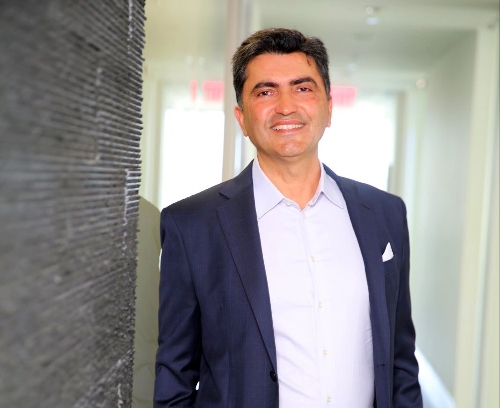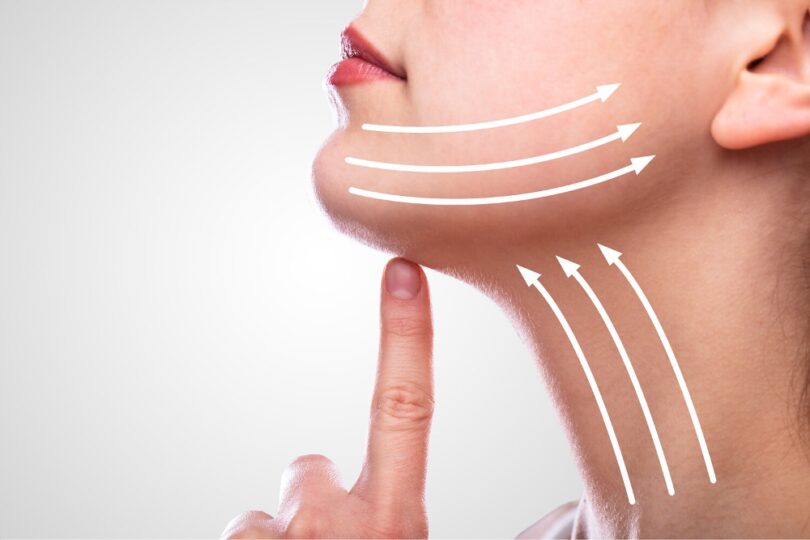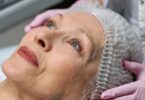In a candid and exclusive interview, the world-renowned Dr. Babak Azizzadeh opens up about his fascinating path to becoming a leading expert in facial nerve restoration. Over the past two decades, Dr. Azizzadeh has committed himself to improving the lives of individuals with facial nerve damage, understanding its profound impact on their ability to socialize and express themselves. He shares inspiring success stories of children regaining their confidence and integrating into society thanks to groundbreaking surgical techniques he has pioneered. Merging his expertise in deep plane facelifts and facial nerve surgery, Dr. Azizzadeh achieves remarkable aesthetic and functional outcomes for his patients, debunking the myths surrounding the complexity of this transformative field.

Dr. Babak Azizzadeh
LA’s The Place: How did you become interested in facial nerve restoration, and what led you to specialize in this area of plastic surgery?
Dr. Azizzadeh: I’ve always enjoyed facial aesthetics and reconstructive surgery. Even though facelifts and rhinoplasty had always been areas that I was focused on, my wife’s close friend developed facial paralysis, and we realized that there were very few experts nationally and internationally. As a result, I got more and more interested in it. Over the past 20 years, I’ve become passionate about adding this to my other areas of expertise.
LA’s The Place: Can you explain the importance of facial nerve restoration and its impact on patients’ lives? What are some of the common challenges individuals face with facial nerve damage?
Dr. Azizzadeh: The biggest challenge for anyone who develops facial paralysis is that their lives are turned upside down because our ability to communicate with others and socialize with others is predicated on our facial expressions and our ability to smile. These expressions convey a critical feature in socialization. Facial functions such as articulation, eating, and drooling can also be impacted when the face does not function correctly. So together, this creates a significant psychosocial impact for individuals with facial paralysis. That said, our goal is always twofold. One is to help improve patients’ ability to smile and express themselves and reduce the functional impacts of facial paralysis. And ultimately, what we want to do is create a smile that’s effortless, authentic, and does not look like the patient has ever had a neurologic disorder.
LA’s The Place: As a leading plastic surgeon, what role do you believe innovation plays in advancing nerve surgery? Could you provide some examples of recent advancements that have greatly improved patient outcomes?
Dr. Azizzadeh: We must continue innovating in healthcare – and medicine as a whole; otherwise, we won’t be able to impact people’s lives to the extent we need to. One recent example was a surgery I pioneered, Selective Neurolysis, in which we could help individuals whose nerve recovery was disorganized. As a result, they developed something that we call synkinesis. The surgery I pioneered directly addressed this through limited incisions, reduced the overactivity of muscles and nerves, creating more harm than good, and allowed the natural, normal facial nerve branches to work better.
LA’s The Place: Can you share any remarkable success stories from your experience in facial nerve reconstruction? Have these procedures transformed the lives of your patients?
Dr. Azizzadeh: The most rewarding aspect of facial nerve surgery is children born with facial paralysis have faced significant social stigma and the inability to integrate into their peer groups. For instance, one young girl I did smile surgery on later became prom queen, went to college, and had a very successful social integration. It’s incredible for the confidence and ability of individuals with these very severe neurologic disorders to be able to do whatever they want to do in life.
LA’s The Place: How do you approach the aesthetic aspect of facial nerve restoration? What techniques or considerations do you employ to ensure functional and cosmetic outcomes?
Dr. Azizzadeh: Because of my expertise in both deep plane facelifts as well as facial nerve surgery, I’ve been able to incorporate some of the amazing aesthetic techniques that we have to make patients look their very best and create an aesthetic symmetry and outcome that enhances the functional smile outcome. That’s probably been one of the most rewarding aspects – that my patients get meaningful results beyond their hopes.
LA’s The Place: Would you like to address or debunk any misconceptions or myths surrounding facial nerve surgery?
Dr. Azizzadeh: The main myth of facial nerve surgery is that it is very complicated, very complex, and very few people know how to do it. I would say that that myth is true to a certain extent because it’s probably one of the most complex plastic surgery procedures that anyone can perform, and getting great natural results is very difficult. While proud of my achievements, I still feel we have much room to grow and continue to help improve patient outcomes and results.
You can find lots of information on his website at the CENTER for Advanced Facial Plastic Surgery.








